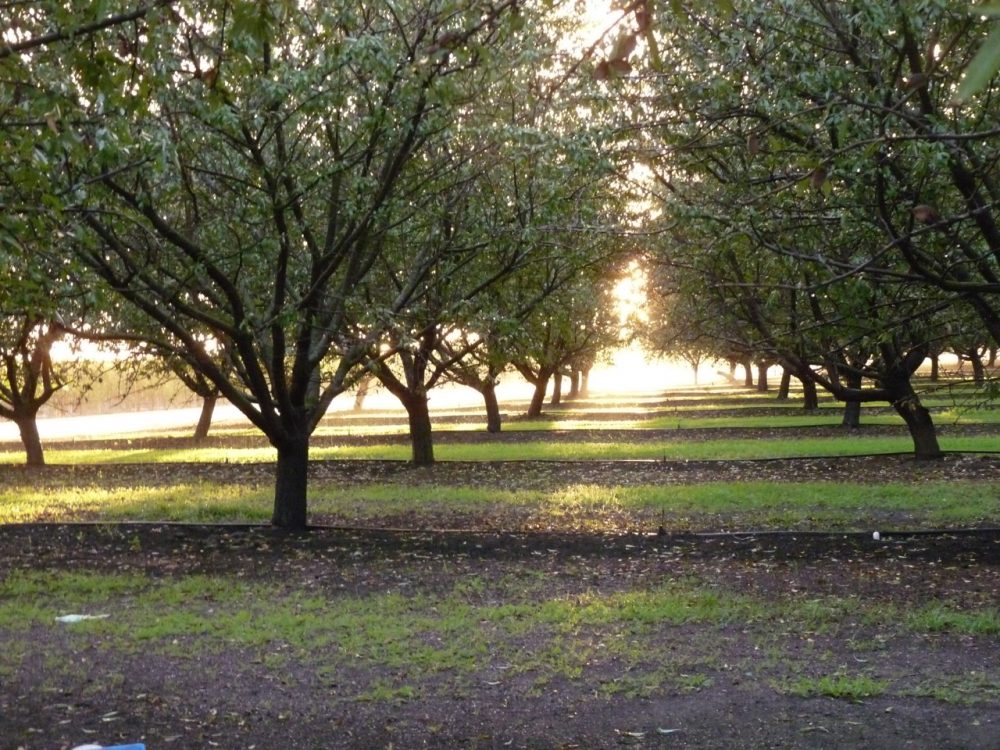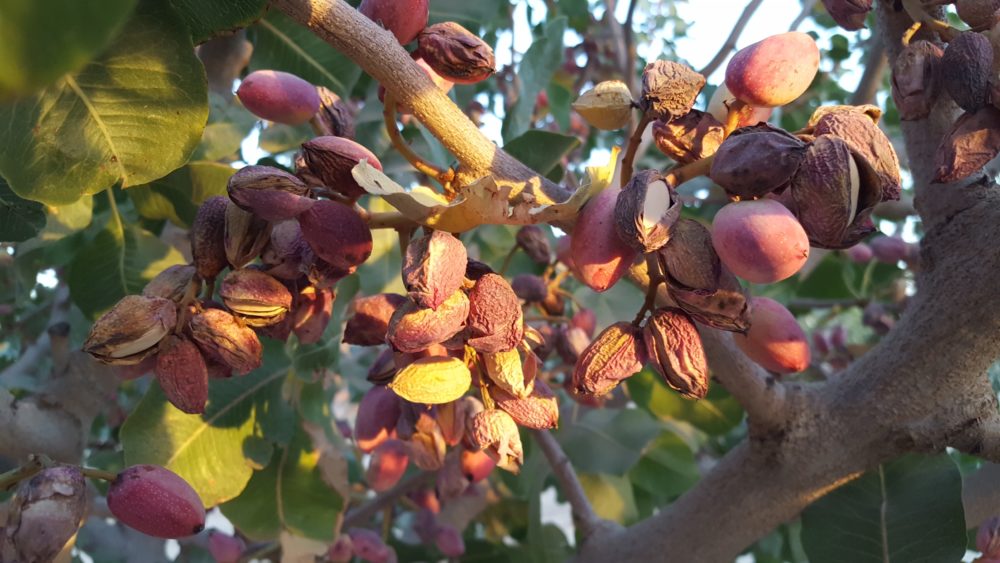Grain Crop Variety Trials Important
Grain Crop Variety Trials Ongoing in California
By Brianne Boyett, Associate Editor
Grain crop variety trials are taking place around the state in hopes of measuring productivity among a diverse range of environments. California Ag Today spoke with Mark Lundy, UC Cooperative Extension Specialist for grain cropping systems at UC Davis, about the topic.
“We’ve been doing statewide variety trials as an institution for decades, almost a century. The goal is to be consistent, as California is such a diverse environment and because there are different conditions from year to year,” Lundy said.
“We are conducting trials that we measure yield and crop quality, disease reactions, agronomic traits on small grains—which are predominantly wheat in California, but we also do trials on barley,” Lundy explained.
The goal is for producers to be able to utilize this data and apply it in their own management systems.
“We want to take that data and put it into a format that growers can use to make decisions about what to plant. Also, we want to make it so the breeders can use it to make decisions on what to advance in, what lines to make available for growers,” Lundy said.
These trials are widespread and take place in a variety of locations.
“We have trials as far north as Tule Lake in the intermountain region, as far south as the Imperial Valley. Trials are conducted on a combination of grower fields and also at research and extension centers where we can have better control over the variables. We want to get a little better understanding of not just the location and its inherent characteristics, but the management in terms of how much water or nitrogen it may need,” Lundy explained
For More information on Mark Lundy:
http://www.caes.ucdavis.edu/about/directory/fsd/mark-lundy





















